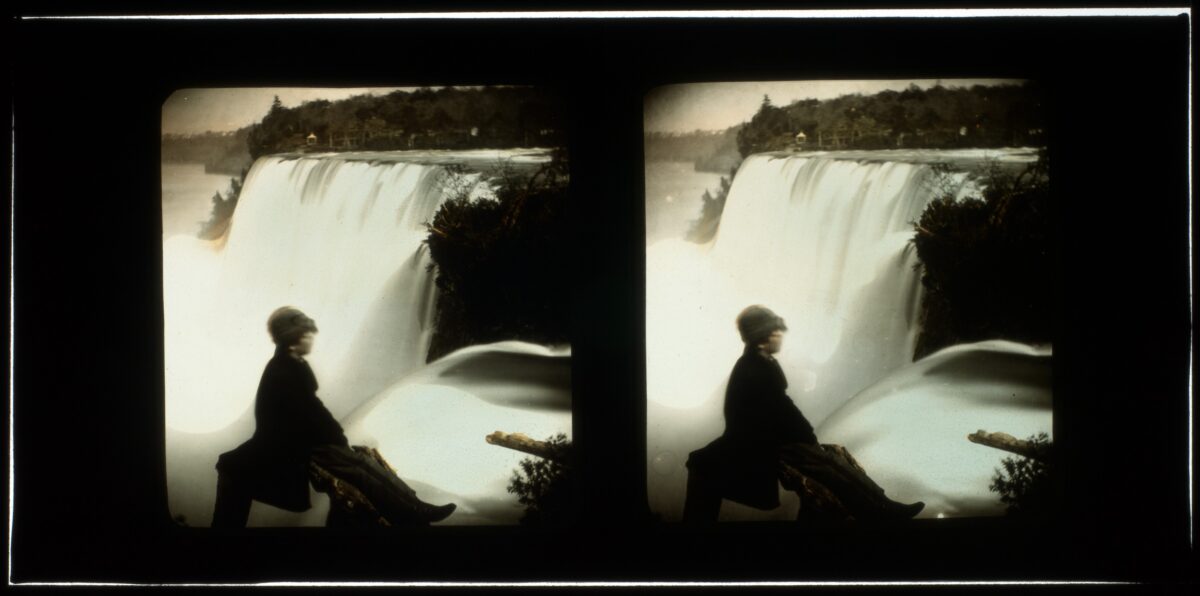Every December (or January) I buy the annual Best American Science Fiction & Fantasy (BASFF) collection. Every year I suffer a certain amount of trepidation, knowing that the guest editor will swing the pendulum on the selections in an unpredictable direction which may or may not align with my tastes. Some years it has been a real trainwreck (for me; I’m happy for anyone who enjoyed the years I didn’t [even though they’re wrong]). The risk is the point. I want to read stories I wouldn’t read elsewhere or of my own volition. Otherwise, I would just edit my own anthology every year.
This year the guest editor was Hugh Howey, the author of the Silo series. I’ve not read the Silo books or seen the Silo show, but my sister hates the show. My trepidation level was medium. Thankfully, Howey pulls it off. I enjoyed about 75% of the stories in this year’s anthology, which is a very solid run. I’ll restrict myself to mentioning only my very favorites here.
There are some big names here doing stylish bits. In “How It Unfolds”, James S.A. Corey pull off one of the only constructive SF stories about a guy being extremely divorced that I’ve ever read. Ann Leckie does colonization, evolution, and most importantly slug life in “The Long Game”. With “John Hollowback and The Witch”, Amal El-Mohtar delivers an account of restorative justice via witch which proves, for the perpetrator, even more painful than retributive justice aims to be.
There are a couple compelling stories in throwback styles. I deeply enjoyed the pulpy refreshments of Jonathan Louis Duckworth’s “Bruise-Eyed Dusk”, with its swamp witches and ride-able gators and hovering sadness. This is a fantasy that is willing to play and explore and surprise so we can enjoy its strange world. Christopher Rowe’s “The Four Last Things” is an explicit Cordwainer Smith tribute, and that’s a great taste. Wild and literary and straining at the edges of conception and perception, Rowe’s story sets all the brain bits sizzling, hopefully to productive ends.
If there was something to criticize in this year’s BASFF, when the vast majority of the stories were ones I enjoyed, it is that most of the work included is Not That Deep. The themes, the meanings, the feelings elicited are Right There. You get it at the beginning, you get it in the middle, and in the end you Get It. There’s nothing wrong with that; there are lots of things that shouldn’t be veiled or disguised or thematized until they’re hard to see. But after a while the thundering horns of right-thinking get a little hard to distinguish from the thundering horns of wrong-thinking. It’s all just thundering horns.
When I think about the best that speculative fiction – sci-fi and fantasy – is capable of, I think of a shadow play. When you watch shadow puppets, you’re not looking where the light is shining, you’re looking at what appears behind, the shape made by the play between light and object. It’s hard to write about real life, what literally is. It’s even harder to write about the things that are hidden behind real life: the abstract, uncertain, and ineffable. The mysteries. The addition of the blatantly unreal is the bright light producing the shadow of a mystery, which is what allows us to contemplate it.
There weren’t a lot of stories about the shadows in this year’s BASFF. But there were a few. Thomas Ha’s “Window Boy” draws up a unique and weird dystopia to ponder the mechanisms which close people off to the suffering of others, ending in an appropriately ambiguous place. Kel Coleman’s “Disassembling Light” confronts the selfishness of mentors who fail their students, using a wondrous and disgusting fantasy discipline as its canvas. The final two stories included deliver an exceptionally strong and troubling ending to the collection. In “Falling Bodies”, Rebecca Roanhorse pushes the limits of what we might consider agency for the truly alienated with a protagonist pinned between colonizers and manipulators on all sides. Sam J. Miller, a reliably strong contributor, closes up the shop with “If Someone You Love Has Become a Vurdalak”, a story that takes the vampire addiction metaphor to a truer and infinitely more painful place as it questions what lengths we ought to go to when imprisoned by poisonous love (and for once, when it comes to vampires, it is specifically familial love).
It’s these last few stories I’m still thinking about after finishing the anthology. They press at uncertain and uncomfortable places, artfully, and ask something in return for the imagining. That’s the high heights to which sci-fi and fantasy can aspire. And the other stories in BASFF 2024 rest comfortably at the medium heights of sincerely entertaining and compelling and interesting, which is a height to which all of us unpublished writers must aspire 😂
If you read this year’s BASFF and have something to say, comment. I dare you. I will respond. Even if you didn’t read this year’s BASFF, comment-I-dare-you-I-will-respond.

